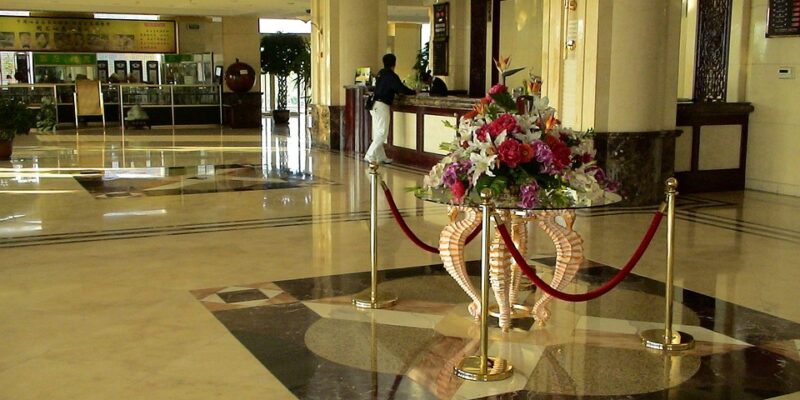Maximizing Efficiency in Your Reception Area Layout
Your reception area is often the first point of contact for visitors and clients, making it a crucial space in your office or workspace. A properly designed reception area can leave a lasting impression on people entering your premises. It is essential to create a welcoming and efficient layout that not only looks great but also serves its purpose effectively. Here are some tips on how to maximize efficiency in your reception area layout.
1. Define the Purpose of Your Reception Area
Before designing your reception area layout, it is crucial to define the purpose of the space. Consider what tasks will be performed in this area, such as greeting visitors, answering phones, scheduling appointments, and handling deliveries. By determining the primary functions of the reception area, you can better plan the layout to accommodate these activities efficiently.
2. Create a Welcoming Entrance
The entrance of your reception area should be inviting and easy to navigate. Ensure that the entrance is clearly marked with signage and that visitors can easily find their way to the reception desk. Consider adding comfortable seating, plants, and artwork to create a welcoming atmosphere for guests as they enter your premises.
3. Efficient Layout Design
When designing the layout of your reception area, consider the flow of traffic and the needs of your staff and visitors. Position the reception desk in a central location that is easily accessible from the entrance. Make sure that there is enough space for guests to wait comfortably without feeling crowded.
4. Use Functional Furniture
Choose furniture that is both stylish and functional for your reception area. Opt for comfortable seating options that can accommodate visitors of all sizes. Consider adding tables or desks for visitors to fill out paperwork or use laptops. Make sure that there are plenty of outlets available for charging electronics.
5. Utilize Technology
Incorporate technology into your reception area to streamline processes and enhance efficiency. Consider installing digital signage to display important announcements or information. Provide a computer or tablet for visitors to sign in electronically. Use a digital scheduling system to manage appointments and keep track of visitors.
6. Organize Supplies and Resources
Keep necessary supplies and resources within easy reach in your reception area. Stock the reception desk with essentials such as pens, notepads, and business cards. Provide informational brochures or pamphlets for visitors to take with them. Keep the area clean and clutter-free to create a professional look.
7. Implement Efficient Communication Systems
Ensure that your reception area is equipped with efficient communication systems to handle incoming calls and messages. Consider installing a phone system with multiple lines or a receptionist call-forwarding feature. Provide clear instructions for visitors on how to reach staff members or departments within the organization.
8. Design for Accessibility and Inclusivity
Make sure that your reception area is accessible to all visitors, including those with disabilities. Install ramps or elevators for wheelchair access and provide ample seating for individuals who may need it. Consider incorporating universal design principles to ensure that your reception area is inclusive and welcoming to everyone.
In conclusion, maximizing efficiency in your reception area layout is essential for creating a positive experience for visitors and enhancing the overall functionality of your workspace. By defining the purpose of the space, creating a welcoming entrance, designing an efficient layout, using functional furniture, utilizing technology, organizing supplies and resources, implementing efficient communication systems, and designing for accessibility and inclusivity, you can create a reception area that is both visually appealing and highly functional.Implement these tips to create a reception area that sets a positive tone for your visitors and reflects the professionalism of your organization.
